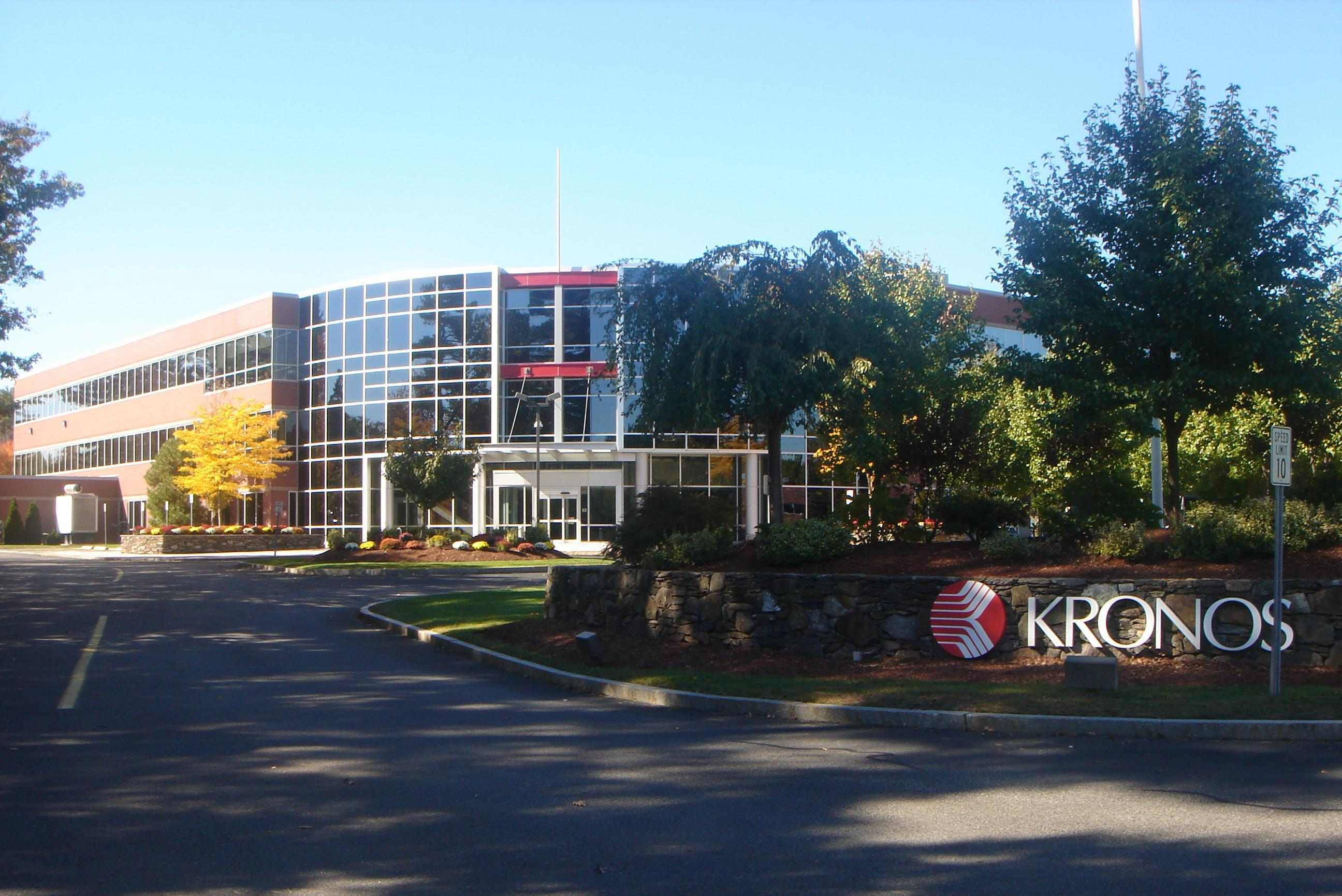This is “Using Science to Match Candidates to Jobs: The Case of Kronos”, section 3.6 from the book An Introduction to Organizational Behavior (v. 1.1). For details on it (including licensing), click here.
For more information on the source of this book, or why it is available for free, please see the project's home page. You can browse or download additional books there. To download a .zip file containing this book to use offline, simply click here.
3.6 Using Science to Match Candidates to Jobs: The Case of Kronos
Figure 3.10

Source: Kensavage.
You are interviewing a candidate for a position as a cashier in a supermarket. You need someone polite, courteous, patient, and dependable. The candidate you are talking to seems nice. But how do you know who is the right person for the job? Will the job candidate like the job or get bored? Will they have a lot of accidents on the job or be fired for misconduct? Don’t you wish you knew before hiring? One company approaches this problem scientifically, saving companies time and money on hiring hourly wage employees.
Retail employers do a lot of hiring, given their growth and high turnover rate. According to one estimate, replacing an employee who leaves in retail costs companies around $4,000. High turnover also endangers customer service. Therefore, retail employers have an incentive to screen people carefully so that they hire people with the best chance of being successful and happy on the job. Unicru, an employee selection company, developed software that quickly became a market leader in screening hourly workers. The company was acquired by Massachusetts-based Kronos Inc. (NASDAQ: KRON) in 2006 and is currently owned by a private equity firm.
The idea behind the software is simple: If you have a lot of employees and keep track of your data over time, you have access to an enormous resource. By analyzing this data, you can specify the profile of the “ideal” employee. The software captures the profile of the potential high performers, and applicants are screened to assess their fit with this particular profile. More important, the profile is continually updated as new employees are hired. As the database gets larger, the software does a better job of identifying the right people for the job.
If you applied for a job in retail, you may have already been a part of this database: the users of this system include giants such as Universal Studios, Costco Wholesale Corporation, Burger King, and other retailers and chain restaurants. In companies such as Albertsons or Blockbuster, applicants use a kiosk in the store to answer a list of questions and to enter their background, salary history, and other information. In other companies, such as some in the trucking industry, candidates enter the data through the Web site of the company they are applying to. The software screens people on basic criteria such as availability in scheduling as well as personality traits.
Candidates are asked to agree or disagree with statements such as “I often make last-minute plans” or “I work best when I am on a team.” After the candidates complete the questions, hiring managers are sent a report complete with a color-coded suggested course of action. Red means the candidate does not fit the job, yellow means proceed with caution, and green means the candidate can be hired on the spot. Interestingly, the company contends that faking answers to the questions of the software is not easy because it is difficult for candidates to predict the desired profile. For example, according to their research, being a successful salesman has less to do with being an extraverted and sociable person and more to do with a passion for the company’s product.
Matching candidates to jobs has long been viewed as a key way of ensuring high performance and low turnover in the workplace, and advances in computer technology are making it easier and more efficient to assess candidate–job fit. Companies using such technology are cutting down the time it takes to hire people, and it is estimated that using such technologies lowers their turnover by 10%–30%.
Case written by Berrin Erdogan and Talya Bauer to accompany Bauer, T., & Erdogan, B. (2009). Organizational behavior (1st ed.). New York: Flat World Knowledge. Based on information from Berta, D. (2002, February 25). Industry increases applicant screening amid labor surplus, security concerns. Nation’s Restaurant News, 36(8), 4; Frauenheim, E. (2006, March 13). Unicru beefs up data in latest screening tool. Workforce Management, 85(5), 9–10; Frazier, M. (2005, April). Help wanted. Chain Store Age, 81(4), 37–39; Haaland, D. E. (2006, April 17). Safety first: Hire conscientious employees to cut down on costly workplace accidents. Nation’s Restaurant News, 40(16), 22–24; Overholt, A. (2002, February). True or false? You’re hiring the right people. Fast Company, 55, 108–109; Rafter, M. V. (2005, May). Unicru breaks through in the science of “smart hiring.” Workforce Management, 84(5), 76–78.
Discussion Questions
- Why is it so expensive for companies to replace workers?
- In modern times it is possible that an employee could have a number of different jobs in a short amount of time. Do you think this frequent job changing could skew results for this type of “ideal” employee selection? Do you think potential candidates can use these screening mechanisms to their advantage by making themselves seem like perfect candidates when in fact they are not?
- What personality traits may not seem like a good fit based on an initial screening but in fact would make a good employee?
- Do you feel that hard work and dedication could overcome a person-job mismatch?




